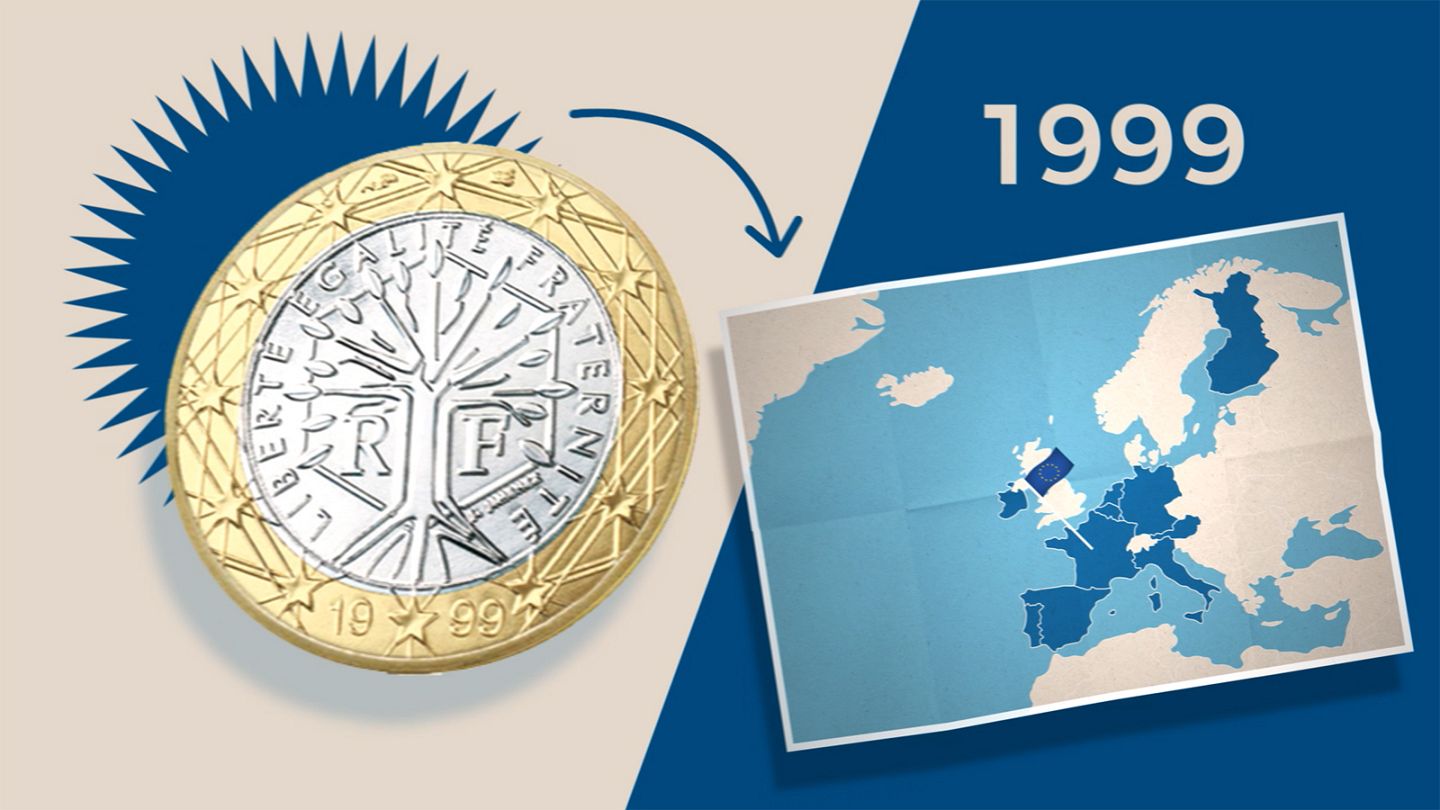The Euro currency was first established on January 1, 1999, and then the currency and notes and coins started to appear from 1 January 2002. It became the sole currency of 12 EU member states after 28th February 2002. The currency was adopted by many other states subsequently. Since the 1960s, it had been a goal of the European Union and its predecessors. Euro banknotes do not display famous leaders or national figures like other national currencies.
History of Euro Currency

The original story of history of Euro currency begins with the Maastricht Treaty in 1991. This was an agreement between the 12 members of the European Community, which is now known as the European Union and includes countries like the United Kingdom, Denmark, France, Belgium, Germany, Ireland, Italy, The Netherlands, Greece, Spain, Luxembourg, and Portugal, and these countries together made an Economic and Monetary Union also known as EMU.
This treaty led to the demand for a common unit of exchange and that is how Euro came into existence. They set strict criteria for the member countries to convert their currencies to the euro and called for participation in the EMU.
Also Read – Unknown Facts About Jeff Bezos, Journey Of World’s Second Richest Man.
Euro Currency Introduced By The Economic And Monetary Union
The requirements and criteria of converting to Euro include public debt under 60% of the Gross Domestic Product, stability of the exchange rate, annual budget deficit not exceeding 3% of GDP, Long-term inflation rates within 2%, and inflation rates within 1.5% of the three of the lowest inflation rates in the European Union. Many states had a public debt that exceeded 60% but in some countries like Belgium and Italy, the rate went over 120%. Each country then took steps to reduce their debt and then they were recommended entry into the EMU.
For And Against Euro
People who supported the Euro said that a single European currency would be able to boost trade by reducing prices and eliminating foreign exchange fluctuations. There was, however, the fear that having a single currency will result in counterfeiting and loss of national integrity and national sovereignty.
European Central Bank

The European Central Bank was established in 1998 to manage the newly introduced Euro currency. The bank was based in Frankfurt, Germany, and is a neutral as well as an independent body. It is headed by a president who is appointed after being approved by all the member countries and he or she has to serve for eight years.
Final Words
The symbol € now represents Euro. This currency rapidly took over the former national currencies and is now used as one of the major international currencies around the world alongside the US dollar. Euro currency notes symbolize the unity of Europe featuring a map of Europe.
For more related posts, visit Discover.












